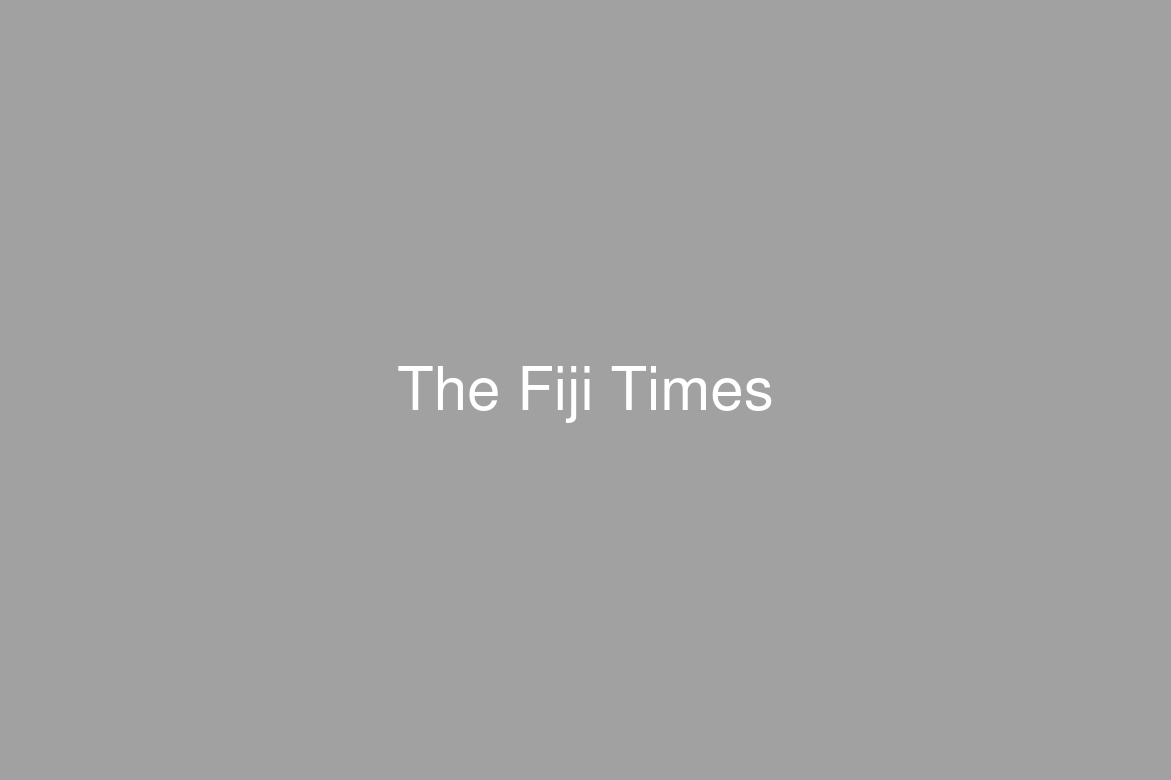CHINA’S efforts to lift local consumption, spur domestic tourism and keep within its borders citizens that splurge in Milan or Seoul have spawned a duty-free paradise on the southern island of Hainan that it hopes will satisfy a lust for luxury.
Firms such as the owner of the world’s biggest duty-free shopping center, China International Travel Service Corp Ltd (CITS) (601888.SS), are capitalising on a relaxation of duty-free spending restrictions in February, with HNA Group Co Ltd reporting a 160 per cent surge in sales.
Government initiatives, including 19 more duty-free shops nationwide, come as sales of the types of luxury goods that line duty-free shelves fell 2 per cent last year. Market watchers pin the blame on a campaign against demonstrations of wealth among public officials, as well as a slowdown in economic growth.
As things stand, the Chinese buy close to 80 per cent of their luxury goods abroad in cities such as Paris, London and Tokyo, Bain Consultancy estimated.
“Whether it is Burberry or Richemont recently, many brands in the space have noted that the future of luxury demand will be about the Chinese and incrementally at home,” said HSBC analyst Erwan Rambourg in Hong Kong, who recommends buying CITS shares.
In Hainan, which is closer to Hanoi than Beijing, duty-free shops offering products priced as much as 30 per cent less than the mainland have been operating since 2011, under a trial program aimed at developing the island as a tourist destination.



